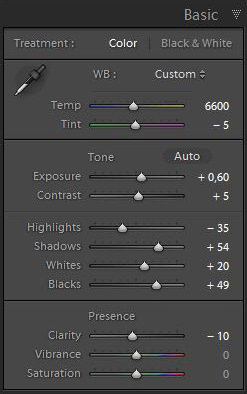
It surpasses the coma aberration correction (even wide open) of most lenses in its ultra wide-angle category. it's often helpful to use a more rigorous requirement for 'acceptably sharp,' or to focus slightly further and improve background sharpness.")īest Ultra-Wide Lenses for Starry Night Photography: The Rokinon 14mm f/2.8 lens has incredible coma correction and quality for a lens of it's price (about $350). (Quoting the Cambridge in Colour website about hyperfocal distances: ". I think this is because most hyperfocal DOF charts are based on the sharpness quality of an 8x10 inch print, whereas I want 16x20 and even 30x40 quality. I find that I get better infinity sharpness at my focus position, and I still get good depth of field in to about 10 feet. Hyperfocal Distance correction : Some hyperfocal charts will recommend focusing on 7-feet (actually, 7.62 feet-saying that everything from 3.81 feet to infinity will now be in focus). Shoot at f/2.8, and set your focus halfway between the 10-feet mark and the infinity mark. This is the focus position I recommend when shooting 'NightScapes':

HOWEVER, I recommend the following focus position below: After considerable tests in the daylight and field testing at night, I can make the following recommendations: Don't focus on the infinity mark (some are even confused as to what position the infinity mark is located on the lens barrel).

It seemed to stay in focus no matter what I did! This is due to the incredible depth of field of this 114º angle lens, even wide open.
#LIGHTROOM PHOTO EDITING WITH DARK PANELING BACKGROUND MANUAL#
Many have purchased the Rokinon 14mm f/2.8 lens for starry night photography, at my recommendation, and then have written to me about their difficultly in focusing this lens for night photography.įocus Frustrations and Fix : I must admit, that the first time I tried to focus this manual lens I was a bit bewildered. MilkyWay over String Lake, taken with the Rokinon 14mm lens ~ © Royce Bair


 0 kommentar(er)
0 kommentar(er)
